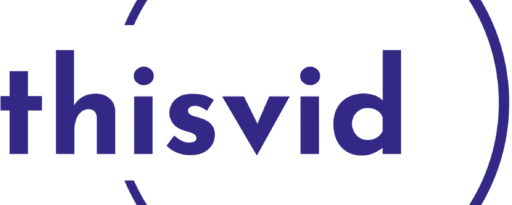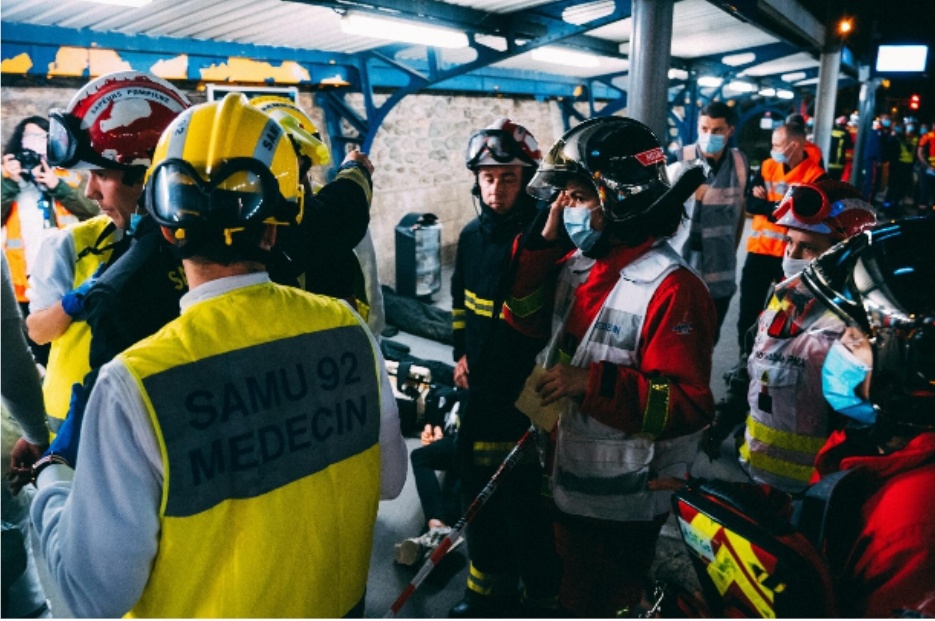How to Implement a Comprehensive Training Program for Your Team
A skilled team performs better and adapts faster. Training helps fill knowledge gaps and builds confidence. Without the right tools, productivity drops.
A clear plan keeps learning on track and useful. It should focus on real tasks and steady progress. One-time sessions aren’t enough anymore.
Use a comprehensive training program to boost team performance and support long-term growth. Follow the guide below to build an effective system.
Assess Your Team’s Current Skills
Before rolling out any plan, assess what your team already knows. Identify skills gaps that need to be addressed. This gives you a starting point to customize your content.
Use feedback from team leaders and past performance data. Focus on what’s most needed for the role. The goal is to avoid repeating what they already know and target what they don’t.
Set Clear Learning Objectives
Training without direction wastes time. Define what each session should accomplish. Set simple, measurable goals for each topic. These goals help keep lessons focused and practical.
Employees should know what success looks like. This builds accountability and makes it easier to track progress.
Choose the Right Delivery Methods
Not all training needs to happen in person. Some topics are better handled through videos, workshops, or self-paced modules. For safety-related content, workplace online safety training programs are often effective and easy to update.
Choose the format that fits the topic and the team’s learning style. Mix it up to avoid fatigue. Keep sessions short and engaging.
Train in Small, Consistent Steps
Avoid cramming too much into one session. Spread training across weeks or months. This gives time to absorb and apply what’s learned. Use short lessons followed by real tasks.
Practice reinforces memory. Regular refreshers help the team retain knowledge long-term.
Use Real-World Scenarios
Theory alone is not enough. Give examples that match the actual work environment. Let your team solve common issues during the training.
Encourage open discussion and problem-solving. This builds confidence and sharpens skills. The more realistic, the better the results.
Monitor and Adjust as Needed
Even a great plan may need tweaks. Track attendance, test results, and feedback. Watch how performance changes after training. Make updates when something doesn’t work.
Keep learning flexible and relevant. Adjusting the program shows commitment to team development.
Encourage Feedback and Continuous Improvement
Training should be a two-way process. Ask your team what works and what doesn’t. Use surveys, informal check-ins, or quick feedback forms. This helps refine future sessions and keeps the content relevant.
When employees feel heard, they engage more. Continuous improvement keeps the training effective and aligned with real needs.
Align Training with Business Goals
Training should support the company’s main objectives. Every session must have a purpose that ties back to what the business needs. This helps prioritize the right skills and topics.
Teams stay focused when they understand the bigger picture. It also makes training feel more valuable and relevant. Alignment ensures time and resources are well spent.
Implement a Comprehensive Training Program for Your Team
A well-planned training program doesn’t just teach, it transforms. When employees understand what’s expected and how to do it better, everyone benefits.
Start by knowing what your team needs. Build content around real tasks. Make training clear, useful, and ongoing.
Results will follow when the learning is consistent. Keep improving, and the team will too.
To read more, you can check our blog!







